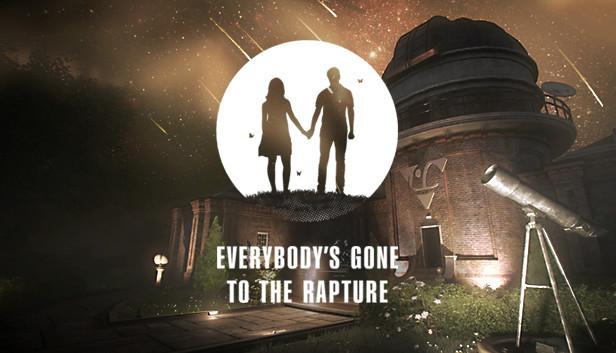Critical Play: Everybody’s Gone to the Rapture

Everybody’s Gone to the Rapture weaves narrative into mystery by having the character piece the story together as they explore a ghost town. By giving the player the ability to roam the ghost town and find these “memories” of the incident that happened, you are able to piece together what has happened in any order. This creates the feeling of solving a mystery, because while you aren’t doing much other than walking around, you are finding out the different events and conversations that happened before the town was empty. The setting of being in some kind of post-apocalyptic city drives the narrative, and by giving away limited information little by little, the setting controls what the user knows about what happened, and therefore controls the story.
I didn’t end up finishing the game because it takes around 4-5 hours to complete, but what I did play showed me the basic mechanics as well as the arcs and loops that the story builds upon. The basic mechanics are that you walk around, find these floating glowing orbs, and tilt your controller one way or another to “activate” it into showing a recreation of a conversation that reveals a little bit about the story. In this way, it almost feels like a walking simulator because you aren’t having to learn any complicated mechanics, and it is more focused on the story than anything else. The thing that I think makes this game a mystery game more than a walking simulator is that the story is told in fragments, and the user has to try and guess what has happened based on the information that they have. The basic loop structure of the game is looking for the glowing orb, following the conversation that it provides, and then repeating to find the next orb. You could make an argument that each conversation is kind of an arc, but I think that because the stories are told so disjointedly, the game is more focused on you doing the loop over and over until you eventually figure out what happened.
The free-roam mechanic of the game is what truly made the game feel like I was solving a mystery, because even if the narrative is being told in pieces, if it feels very linear and more like a walking simulator, then I feel like I am just walking through a story. When playing in a free roam world where I can discover different micro-stories in different orders, I actually felt like I was the one piecing this mystery together, and even though the mechanics of controlling the player were super basic, I was still very engaged and trying to guess what had happened.



